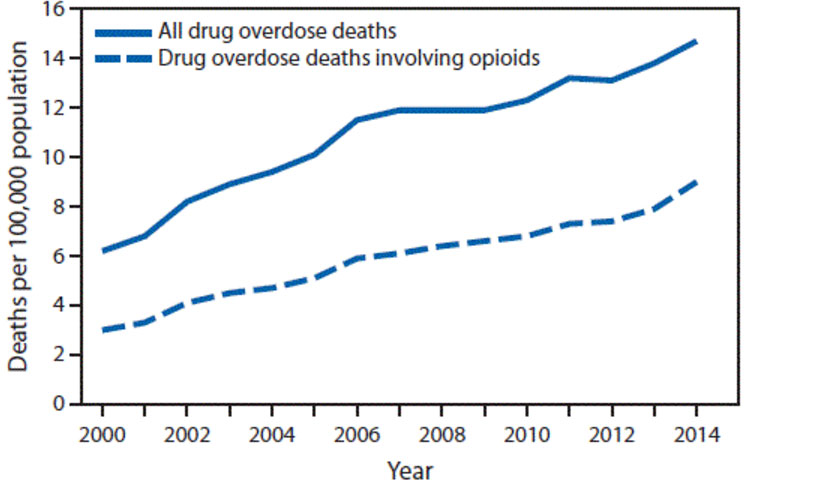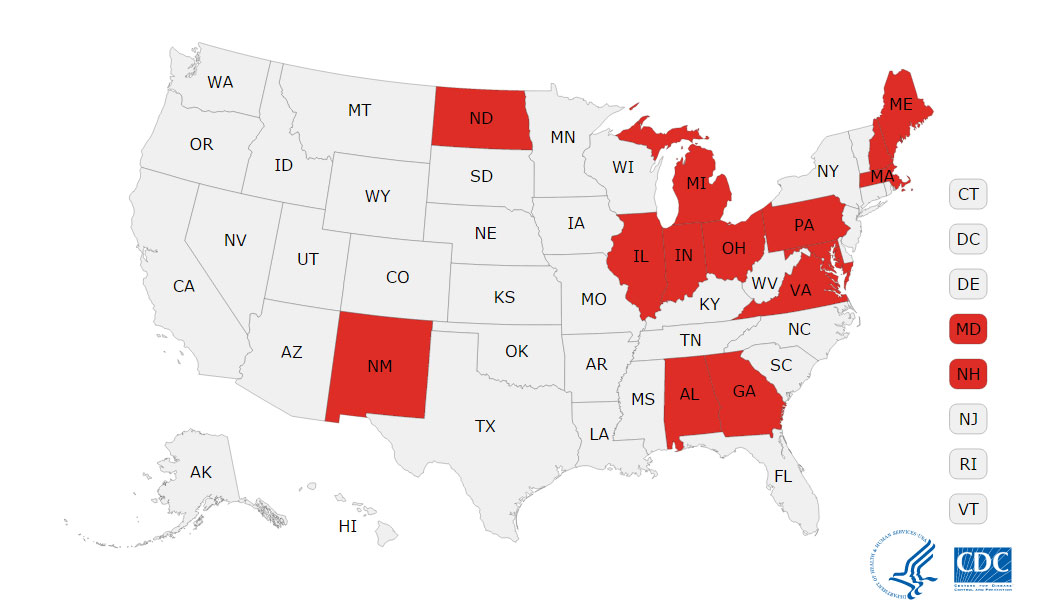America's Opioid-Use Epidemic: 5 Startling Facts
Introduction

America is in the midst of an opioid-abuse epidemic, which has caused a startling rise in overdoses and deaths from these highly addictive drugs. Here’s a look at the epidemic by the numbers.
The increase in overdose deaths

Since 1999, the number of people who have died from overdoses of either prescription opioids or heroin has nearly quadrupled in the United States, according to the Centers for Disease Control and Prevention. In 2014, the most recent year for which data are available, more than 28,000 people died from overdosing on opioids. At least half of those deaths involved a prescription opioid, the CDC says.
Drug overdoses now kill more people in the United States than car crashes. In 2013, 46,471 people died from drug overdoses, compared with 35,369 people who died in car accidents, according to a 2015 report from the Drug Enforcement Administration.
Prescription opioid use

The rise in opioid overdose deaths has occurred alongside an increase in prescriptions for opioid pain relievers. In fact, the number of prescription opioids sold in 2010 was four times the number sold in 1999, according to the American Society of Addiction Medicine (ASAM). In 2012, there were 259 million prescriptions written for opioids, which is enough to provide every American adult with a bottle of opioid pills, the ASAM says.
Misusing prescription opioids can be a gateway to heroin

Many new heroin users actually started by misusing prescription opioids. About 80 percent of people in the United States who recently started using heroin report that they previously took opioid pain relievers for nonmedical reasons, according to a 2013 study from the Substance Abuse and Mental Health Services Administration.
Still, among people who are prescribed opioids for pain, the drugs typically do not lead to addiction if people use them as directed. Among people who take prescription opioids as directed for a year, about 5 percent will develop an addiction disorder, according to the National Institutes of Health.
Where the epidemic is the worst

The five states with the highest rates of drug overdose deaths in 2014 were West Virginia, New Mexico, New Hampshire, Kentucky and Ohio, according to the CDC. West Virginia had the highest rate of drug overdose deaths in 2014, with 35 deaths per 100,000 people. (The national average is about 15 deaths per 100,000 people.) Opioids are the main driver of drug overdose deaths, the CDC says.
The states that saw increases in drug overdose deaths from 2013 to 2014 were Alabama, Georgia, Illinois, Indiana, Maine, Maryland, Massachusetts, Michigan, New Hampshire, New Mexico, North Dakota, Ohio, Pennsylvania and Virginia. The state with the biggest increase between those years was North Dakota, where the rate of drug overdose deaths increased 125 percent from 2013 to 2014. (In the nation as a whole, the rate increased 6.5 percent.)
The fentanyl problem

Overdose deaths from the synthetic opioid fentanyl are a growing concern. A 2016 report found that overdose deaths from fentanyl have increased sharply in a number of U.S. states. From 2013 to 2014, eight U.S. states — Massachusetts, Maine, New Hampshire, Ohio, Florida, Kentucky, Maryland and North Carolina — had large increases in overdose deaths tied to synthetic opioids other than methadone, which is a category that includes fentanyl, the report found.
Six of these states specifically reported their numbers of fentanyl-related deaths, and the combined fentanyl-related deaths in these states increased from 392 deaths in 2013 to 1,400 deaths in 2014, according to the report.
During that same time, the number of drug products that tested positive for fentanyl after being seized by law enforcement officers increased by more than 10 times in the eight states. These products mainly include illegally manufactured fentanyl products that can be mixed with heroin.
The researchers called for an urgent, collaborative public health and law enforcement response" to address the increasing problem of illegally manufactured fentanyl and fentanyl deaths.
And overdose on fentanyl caused the death of singer-songwriter Prince in April 2016. The drug is up to 100 times more potent than morphine.
Sign up for the Live Science daily newsletter now
Get the world’s most fascinating discoveries delivered straight to your inbox.

Rachael is a Live Science contributor, and was a former channel editor and senior writer for Live Science between 2010 and 2022. She has a master's degree in journalism from New York University's Science, Health and Environmental Reporting Program. She also holds a B.S. in molecular biology and an M.S. in biology from the University of California, San Diego. Her work has appeared in Scienceline, The Washington Post and Scientific American.
What are mRNA vaccines, and how do they work?
Deadly motor-neuron disease treated in the womb in world 1st










